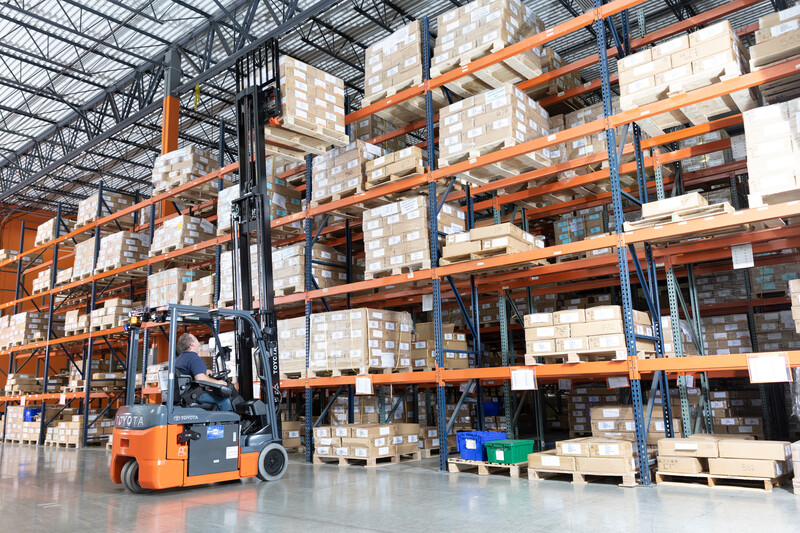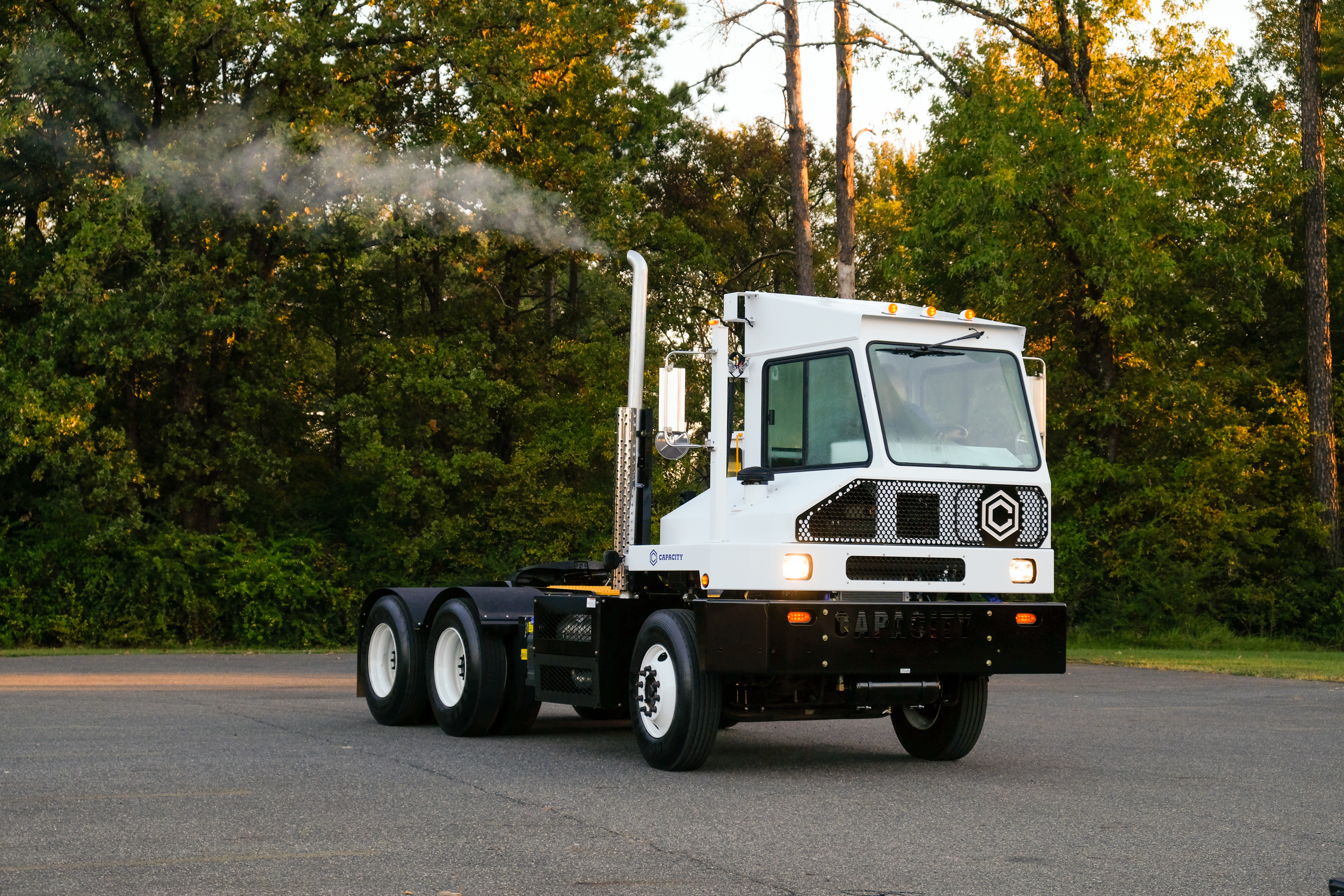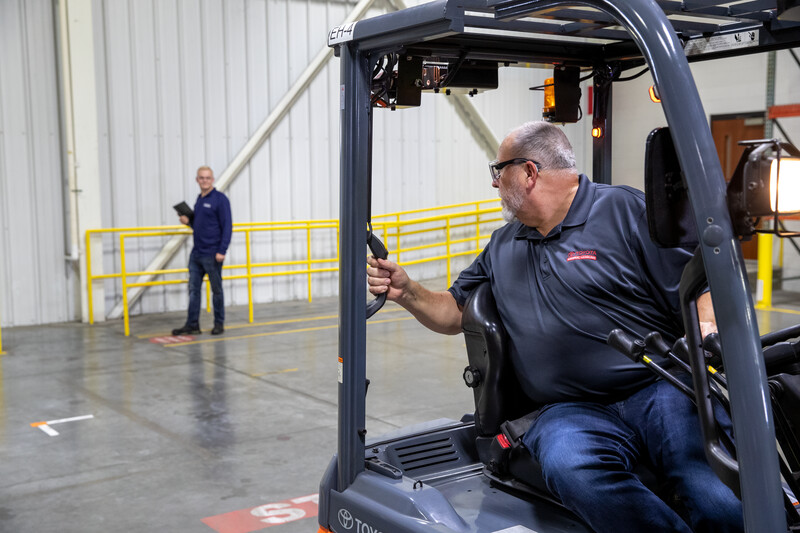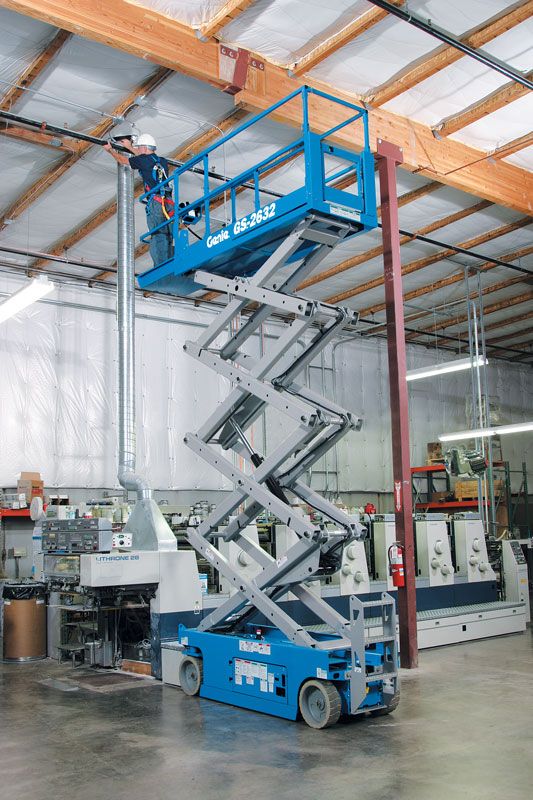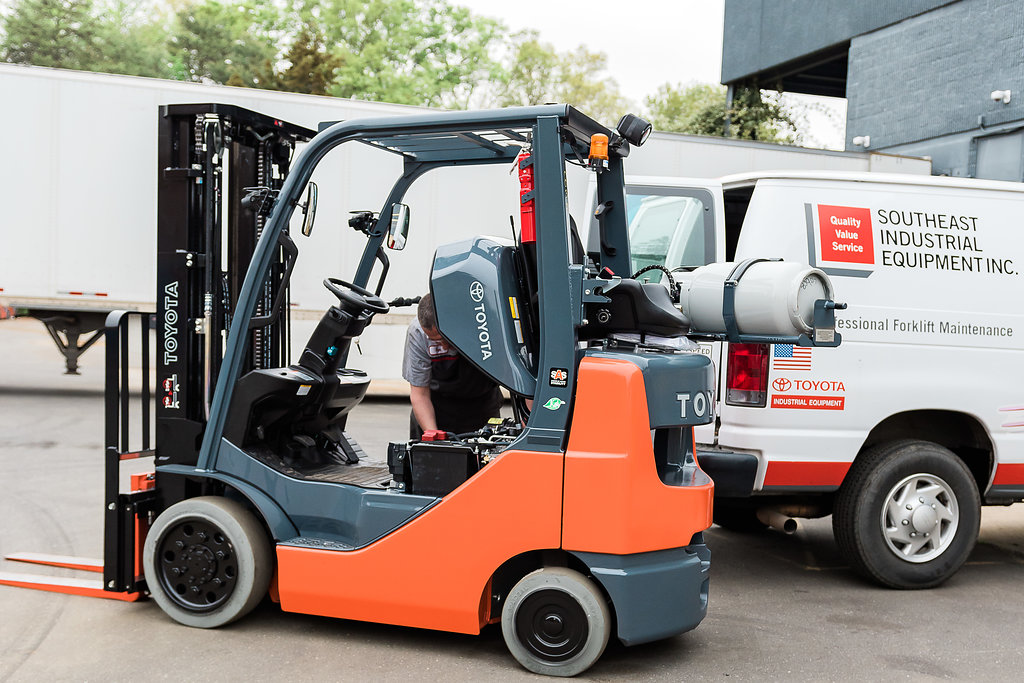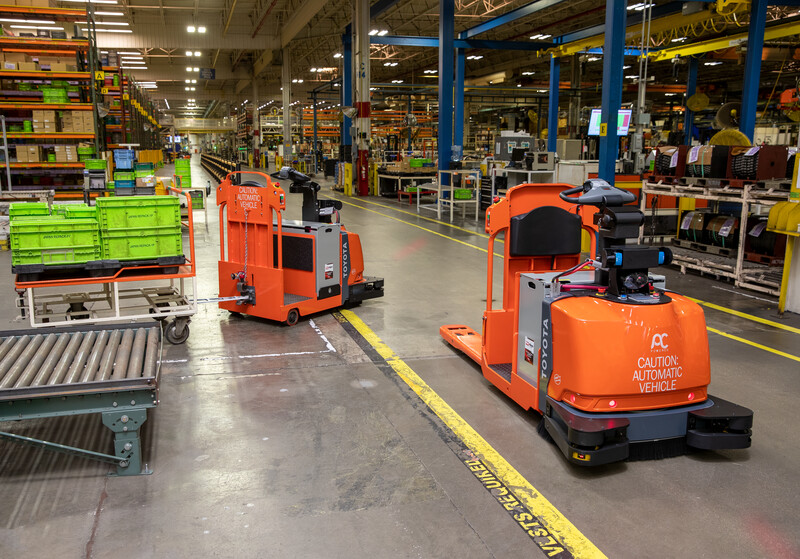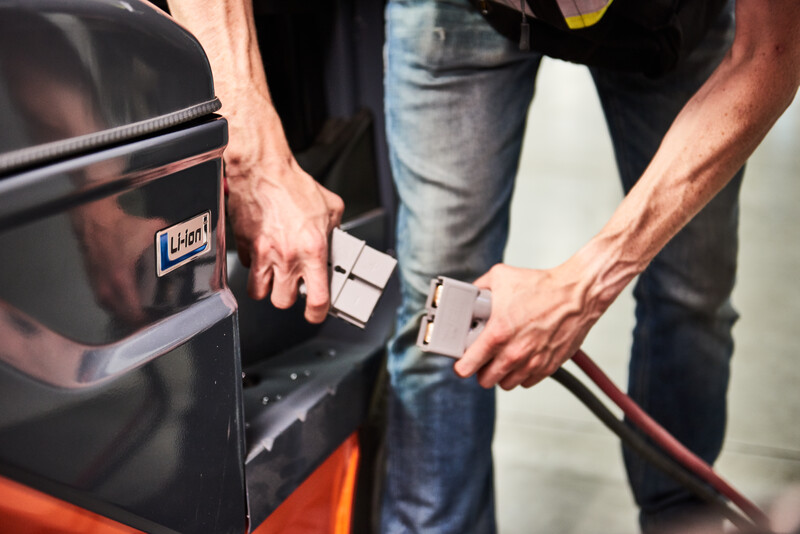In the fast-paced world of material handling, efficiency, safety, and operator comfort are paramount. Toyota, a leader in the forklift industry, understands this and has continually prioritized ergonomic design in their forklifts. This focus not only enhances productivity but also ensures the well-being of operators. In this blog, we’ll delve into the impact of ergonomics in Toyota forklift design and how it benefits businesses and their employees.
The Importance of Ergonomics in Forklift Operation
Ergonomics, the science of designing and arranging things so that people can use them easily and safely, is critical in the context of forklift operation. Poor ergonomics can lead to operator fatigue, injuries, and decreased productivity. Conversely, well-designed ergonomic features can enhance comfort, reduce strain, and improve overall efficiency.
Key Ergonomic Features in Toyota Forklifts
Toyota has integrated several ergonomic features into their forklift designs, addressing common pain points and improving the user experience. Here are some key features:
1. Comfortable Seating and Adjustable Controls
– Toyota forklifts are equipped with seats that offer superior comfort, reducing the strain on operators during long shifts. Adjustable controls allow operators to customize their workstation to their body size and preferences, ensuring a comfortable and efficient working posture.
2. Enhanced Visibility
– Good visibility is crucial for safe forklift operation. Toyota designs their forklifts with narrow mast profiles and strategically placed windows, providing operators with a clear view of their surroundings. This reduces neck and back strain from constant twisting and turning.
3. User-Friendly Interface
– The intuitive layout of controls and displays on Toyota forklifts ensures that operators can easily understand and access the necessary functions without unnecessary movements or distractions. This simplicity minimizes operator fatigue and enhances focus.
4. Smooth and Precise Handling
– Ergonomics extends to the handling characteristics of the forklift. Toyota forklifts are designed for smooth and precise movements, reducing the physical effort required from the operator. This design reduces the risk of repetitive strain injuries and enhances operator control.
Benefits of Ergonomic Design
The ergonomic design of Toyota forklifts brings numerous benefits to both operators and businesses:
1. Increased Productivity
– Comfortable operators are more productive. By reducing fatigue and discomfort, ergonomic features enable operators to work efficiently for longer periods, boosting overall productivity.
2. Reduced Risk of Injury
– Ergonomically designed forklifts reduce the risk of musculoskeletal disorders and other injuries related to poor posture and repetitive strain. This not only protects employees but also reduces downtime and associated healthcare costs.
3. Enhanced Job Satisfaction
– A comfortable and user-friendly working environment contributes to higher job satisfaction. Operators who feel their well-being is prioritized are more likely to be engaged and motivated, leading to better performance and retention rates.
4. Cost Savings
– Investing in ergonomic equipment can lead to significant cost savings over time. Reduced injury rates mean fewer workers’ compensation claims, and higher productivity translates into better operational efficiency and profitability.
Toyota’s commitment to ergonomic design in their forklifts demonstrates their dedication to operator safety, comfort, and efficiency. By understanding and addressing the needs of forklift operators, Toyota has created machines that not only perform well but also enhance the overall work experience. For businesses, this translates into a healthier, more productive workforce and a stronger bottom line. Investing in Toyota forklifts with advanced ergonomic features is a smart choice for any company looking to improve their material handling operations.
